A Foodie’s Paradise: Must-Try Sri Lankan Dishes and Culinary Experiences
Introduction
Not only is Sri Lanka, the gem of the Indian Ocean, a region of breathtaking beaches and verdant tea farms, but it also is a gastronomic heaven. This island country presents a symphony of tastes that will stimulate your taste receptors, thereby complementing its rich and varied gastronomic legacy. From the blazing heat of chiles to the delicate sweetness of coconut milk, Sri Lankan cuisine is a voyage of discovery combining native ingredients with influences from millennia of commerce and colonialism. “A Foodie’s Paradise: Must-Try Sri Lankan Dishes and Culinary Experiences,” is the best manual for negotiating the basic flavors of this amazing island. From street food classics to lavish feasts, we will discuss the must-try foods and unearth unusual culinary experiences that will really transport you to the core of Sri Lankan food culture. Prepare yourself for a mouthwatering journey.
Why Sri Lanka is a Food Lover’s Dream
The gastronomic scene of Sri Lanka is a vivid tapestry spun with history, culture, and plenty of fresh, savory ingredients, not simply a set of recipes. The island is a real paradise for everyone who enjoys eating as its special location and history have produced a cuisine that is varied and unique.
Flavours
Melting Pot The history of Sri Lanka as a significant economic center has profoundly affected its cuisine. A remarkable mix of tastes has come from centuries of contact with Indian, Arab, Malay, Portuguese, Dutch, and British merchants and colonists. Mixed with local Sri Lankan customs, you will discover the familiar warmth of Indian spices, the subdued sweetness of Malay food, and even traces of European methods. Dishware produced by this “melting pot” is rich, sophisticated, and absolutely distinctive.
Freshness and Spice
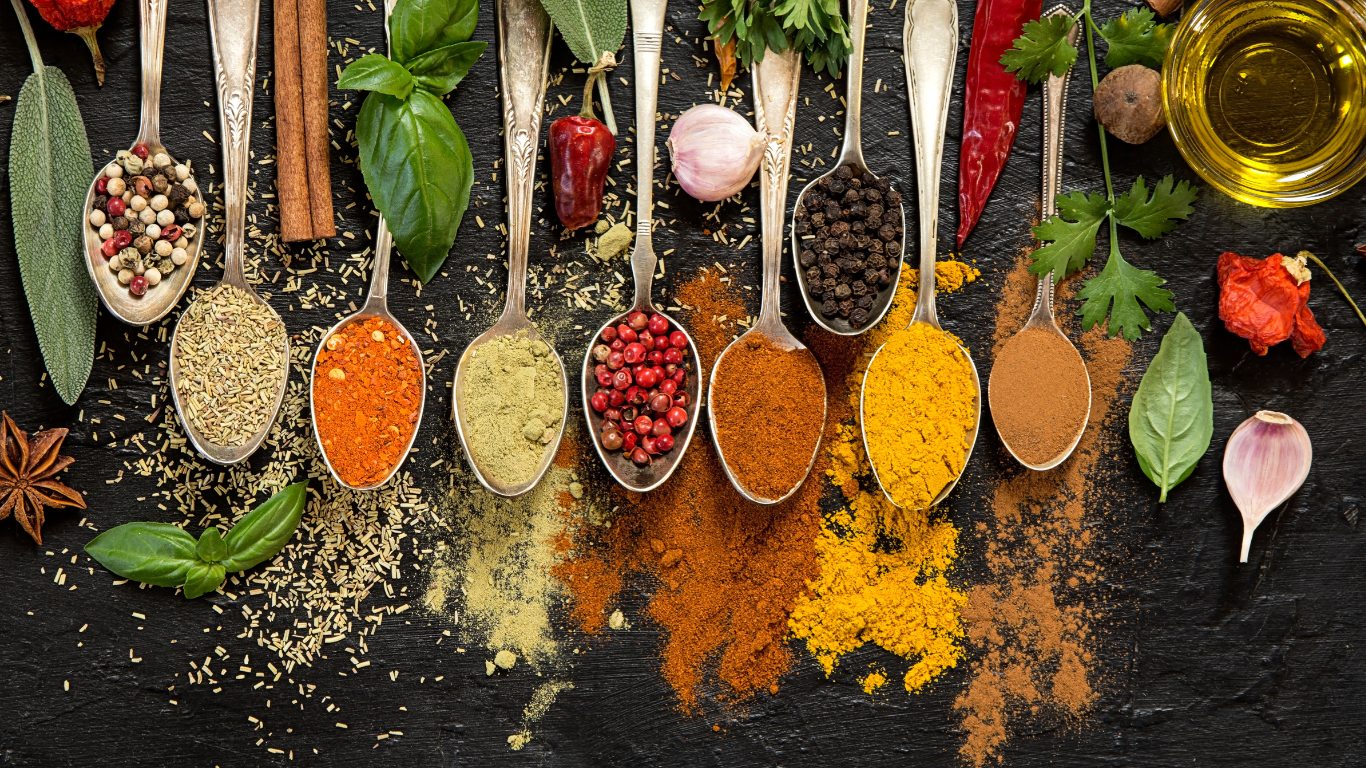
Sri Lankan cuisine’s basis is on the very fresh, locally grown foods used. Staples include luscious tropical fruits and vegetables, aromatic spices produced on the hill region of the island, and seafood taken daily from the nearby ocean. Particularly well-known for its spices, Sri Lanka is especially proud of Ceylon cinnamon, which is revered all over for its delicate taste and scent. Also used abundantly are cardamom, cloves, nutmeg, turmeric, and chili peppers, thereby producing a symphony of flavors ranging from gently sweet to somewhat hot.
Regional variants
Although Sri Lankan cuisine shares many threads, the island’s varied topography and local customs help to produce unique regional variants. Unquestionably, coastal regions have a wealth of seafood dishes, usually made with spicy chiles and fresh coconut milk. With its lower temperature, the hill area produces meals emphasizing rich veggies and comforting spices. Inspired by South Indian cuisine, Jaffna, in the north has its own distinct gastronomic character and delicacies like the well-known Jaffna crab curry.
Above the Plate
Food in Sri Lanka is intimately entwined with everyday life and culture, not just nourishment. Many times, meals are social events shared with friends and family. Festivities and festivities revolve mostly on food; unique meals created for certain events. Offering a visitor a cup of tea even is a little act of kindness and respect. Knowing this cultural background helps one to appreciate Sri Lankan food.
Must-Try Sri Lankan Dishes
Get your taste receptors ready for a trip! Sri Lankan food has an amazing range of meals, each with own distinct taste sensation and character. Every taste may be satisfied with anything from simple street cuisine to complex curries. These are some absolutely must-try delicacies that will really taste Sri Lanka:
Kottu Roti, Street Food’s King
Arguably the most famous street dish in Sri Lanka is kottu roti. Made on a big, hot griddle, this is a dramatic and wonderful display. The recipe calls for chopped godamba roti, a kind of flatbread, veggies, egg, and your preferred meat chicken, beef, mutton, or seafood or cheese. Two metal blades deftly cut and combine the ingredients to produce a rhythmic clatter that has come to define the meal. The end effect is a delicious, somewhat crunchy, completely addicting mix. Kottu is an experience rather than just food. It captures the vitality and force of street life in Sri Lanka. Popular variants include dolphin kottu (made using a different kind of roti shredded into smaller bits) and cheese kottu, a richer, creamier form. Although Kottu stores are found on almost every street corner, ask residents for their best-known locations for a very genuine experience.
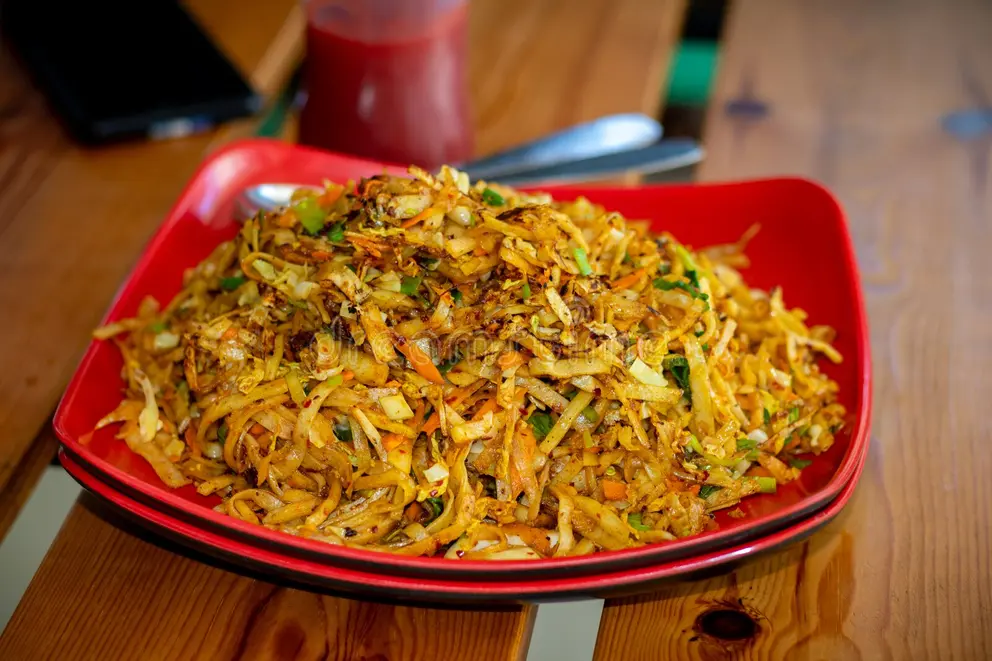
The Sri Lankan Staple, Rice and Curry
The apparently straightforward name should not deceive you; “rice and curry” in Sri Lanka is not one meal. The pillar of Sri Lankan cuisine, this is a gastronomic idea more akin to a sensory celebration. Fundamentally, it’s a substantial portion of rice—often red rice, a healthful native variety—along with some great curries. Each of these curries, with its own mix of spices, might be gentle and creamy dhal (lentil curry) or hot fish or chicken curry. One often used component that gives the tastes richness and depth is coconut milk. Crucially, rice and curry is never complete without a range of sambols (spicy relishes), papadams (crispy lentils), and chutneys, which offer texture and contrasting tastes. Jaffna crab curry, a hot and savory treat from the north of the island, has a clear regional variety.

Hoppers (Appa) Breakfast Pleasure
Although they are a classic Sri Lankan morning snack, hoppers also called appa are great any time of day. Made from a fermented batter combining rice flour and coconut milk, these bowl-shaped pancakes are cooked in a specially designed compact wok-like skillet. The effect is a soft, almost spongy middle and a crispy, lacy edge. Though egg hoppers with a full egg fried into the center are a popular variation plain hoppers are great on their own. Made with treacle or jaggery, sweet hoppers are an interesting alternative. Usually eaten with lunumiris, a spicy chili and onion sambol, or seeni sambo, a caramelized onion sambol.

Dutch-Burgher Legacy: Lamprais
Reflecting Sri Lanka’s Dutch-Burgher legacy, Lamprais is a distinctive and tasty cuisine. This whole dinner, wrapped and baked in a banana leaf, is evidence of the creative way that tastes may be preserved and blended. Inside you’ll find rice cooked in a savory stock, a unique mixed meat curry (usually includes beef, hog, and lamb), wambatu moju (brinjal/eggplant pickle), frikkadels (Dutch-style meatballs), and a blachan (shrimp paste). The banana leaf gives the food a faint smokey scent, and the tastes and textures taken together are rather amazing.
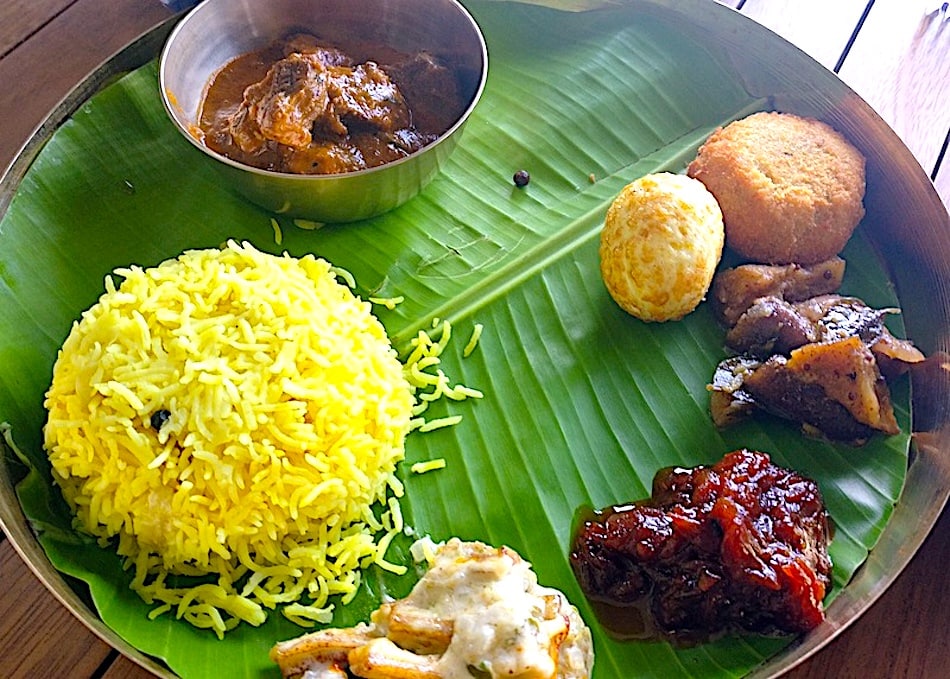
Extravaganza of Seafood
Surrounded by the Indian Ocean, Sri Lanka has a startling wealth of fresh seafood. From delicious fish and lobster to prawns and crabs, the island is a seafood heaven. One such standout is the hot and savory chili crab entrée. Still another must-try is prawn curry made in a thick coconut milk sauce. Marinated with local seasonings, grilled fish is a simple yet great meal. Visit coastal cities include Negombo, Hikkaduwa, and Mirissa for the greatest seafood experiences; these areas have eateries offering the freshest catches of the day.
String Hoppers (Idiyappam): A Fine Treat
Another staple of Sri Lanka, string hoppers also known as idiyappam are usually eaten morning or supper. These delicate, steamed rice flour noodles have amazing lightness and fluffiness. Usually served with pol sambol (coconut relish) and kiri hodi, a mild coconut milk sauce, they provide a wonderful mix of textures and tastes. String hoppers’ simplicity makes them ideal companion for heavier curries.
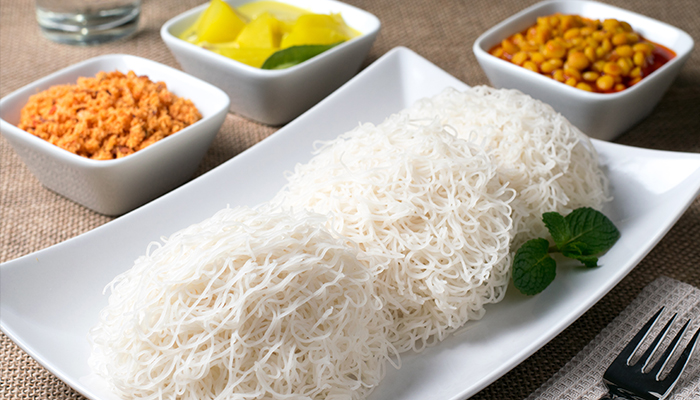
Pol Sambol, often known as coconut relish, the fiery sidekick
A staple condiment in Sri Lankan cooking is pol sambol, often called coconut relish. Freshly shredded coconut, red chilies, red onion, lime juice, and salt make a basic but rather delicious combination. Sweet coconut, spicy chiles, and tart lime used together provide a vivid and seductive taste explosion. Pol Sambol is a great illustration of how Sri Lankans combine basic ingredients to produce amazing tastes and gives any meal a reviving boost.
Watalapan
A pleasant ending Perfect to finish a Sri Lankan dinner is Watalappan, a rich and creamy coconut custard dessert. Rooted in Malay cuisine, this treasured treat is especially sought after during Ramadan. Made with coconut milk, jaggery (palace sugar), eggs, and a mix of spices including cardamom and nutmeg, Watalappan has a distinctive, caramelized taste and a smooth, velvety texture. Often topped with chopped nuts, it offers a pleasing crunch.
Unique Culinary Experiences in Sri Lanka
Although eating the mouthwatering cuisine is essential, Sri Lanka provides a variety of engaging gastronomic adventures beyond the plate. These encounters let you explore the culinary scene of the island, discover its customs, and get to know the residents.
Sensory Travel via Spice Gardens
The cuisine of Sri Lanka depends much on its rich spice legacy. One great approach to learn about the many spices growing on the island, their use in culinary and traditional medicine, and their history is by visiting a spice garden. Growing in their native habitat are cinnamon, cardamom, cloves, nutmeg, turmeric, pepper, and several other spices. Expert guides will walk you through the growing and processing of every spice, and you’ll often be able to buy recently produced spices to bring home. Many spice gardens are found near Kandy and Matale.
Customized Experience: Traditional Village Meals
Look for chances to eat in a nearby town if you want a really real gastronomic experience. This lets you enjoy time-honored recipes and fresh, local ingredients in traditional Sri Lankan home cuisine at its best. Along with local delicacies you would not find in restaurants, you will probably appreciate a large array of rice and curries. More significantly, you will be able to interact with other households, discover their way of life, and enjoy their kind hospitality. Local guesthouses or travel companies may usually help to organize these encounters.
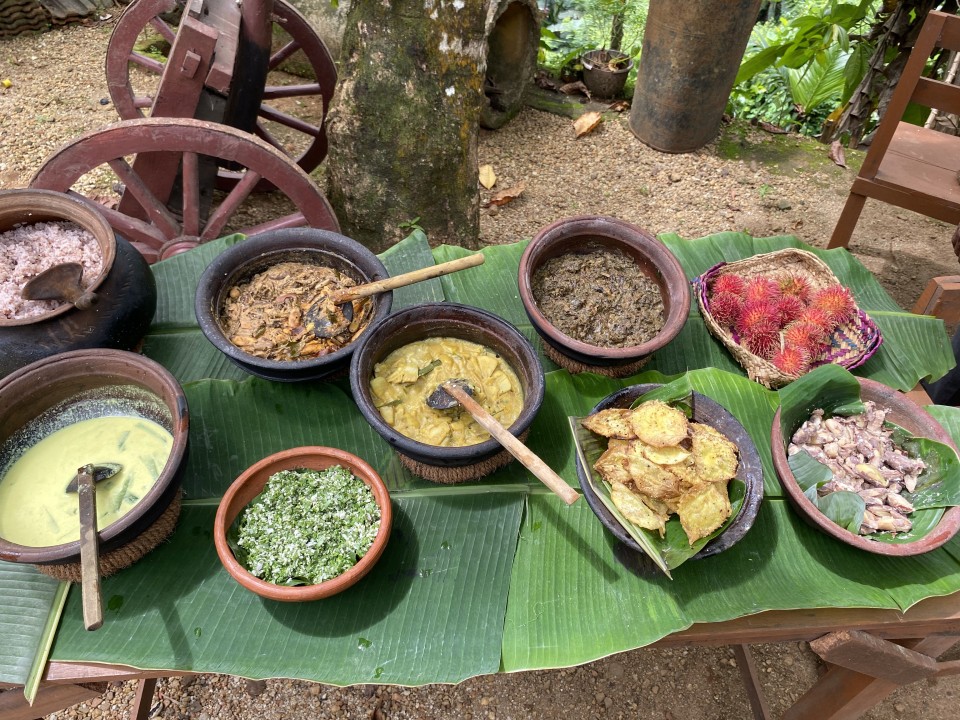
Dietary Considerations: Generally speaking, Sri Lankan food is rather flexible in meeting different dietary requirements.
Vegetarian or vegan choices abound; many curries draw on veggies, lentils, and jackfruit. Since coconut milk is often used in place of dairy, vegan choices are also rather easy. Ordering foods like kottu roti, be careful to indicate “no egg”; egg is a popular component.
- Allergies: Tell the restaurant crew exactly if you have any allergies. Though most Sri Lankans are very sympathetic, it’s still advisable to be clear. Carry a card with your allergy information written in Sinhala and Tamil, the native languages.
- Gluten-Free: Sri Lanka’s basic food, rice is healthful. An other excellent choice are string hoppers.
Spice Levels: Although Sri Lankan cuisine may be somewhat hot, you can often control the degree to suit your taste. Order using the following terms:
- “Mild”: Indicates either little to none of chili.
- “Medium”: Not too hot.
- “Spicy”: The real Sri Lankan level, which for people not used to Chile may be really hot.
- “Sri Lankan Spicy”: Use this phrase if you like really hot cuisine. Starting with “mild” and adding chili separately if you like greater heat is always a smart concept. Many eateries have sambols or chili flakes available on the side.
cuisine in Sri Lanka is quite reasonably priced overall, particularly street cuisine.
- Street food: For a few bucks you can get a great kottu roti or hopper dinner.
- Local eateries: Usually costing between $5 and $15, meals at local eateries are also very cheaply priced.
- Tourist eateries: Though more costly than Western rates, hotels or restaurants in tourist locations will still be typically reasonably priced.
Courtesy
- Eating with your hands: Especially for rice and curries, right hand eating is very widespread in Sri Lanka. Using only your right hand is seen as courteous as the left hand is generally used for personal hygiene. Still, if you would like cutlery, it is always accessible.
- Food sharing is a regular habit, particularly among friends and relatives.
- Expressing gratitude: Sri Lankans value it when you demonstrate delight of their cuisine. A basic “Rasai!” (wonderful!) will help much.
Conclusion
Sri Lanka really does live up to its reputation as the paradise for foodies. With its vivid mix of tastes, fresh foods, and varied inspirations, this island country is a gastronomic trip unlike any other. From the sophisticated tea estates giving a sense of Ceylon heritage to the hot street food vendors presenting kottu roti, Sri Lanka’s gastronomic scene is as appealing as its breathtaking surroundings. From the basic rice and curry to the unusual Lamprais, we have investigated the must-try foods and unearthed unusual gastronomic experiences like cooking lessons and spice garden trips that will really transport you into the core of Sri Lankan cuisine. “A Foodie’s Paradise: Must-Try Sri Lankan Dishes and Culinary Experiences” is a starting point. So, pack your bags, prepare your palate, and embark on your own unforgettable culinary adventure in Sri Lanka. The flavors, aromas, and experiences await!

- [email protected]
- +94 71 29 700 51


